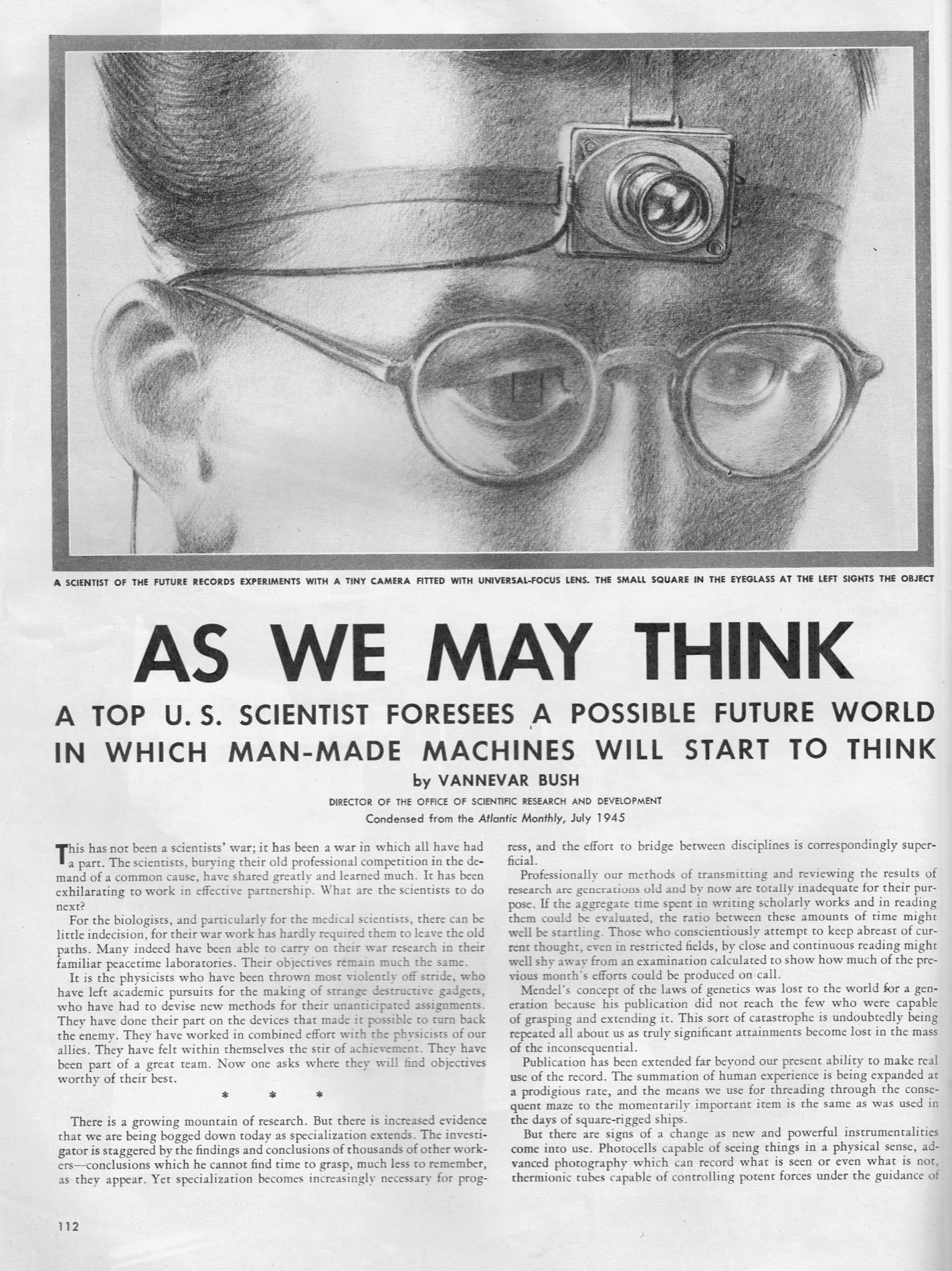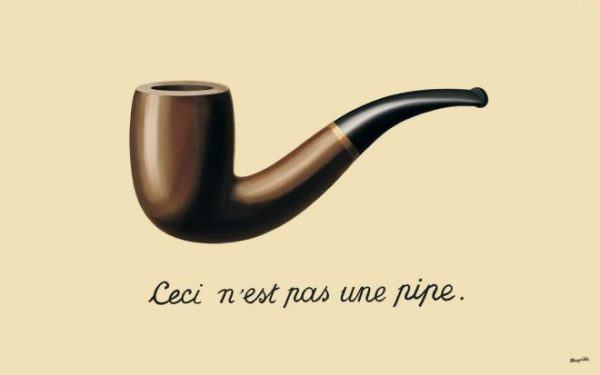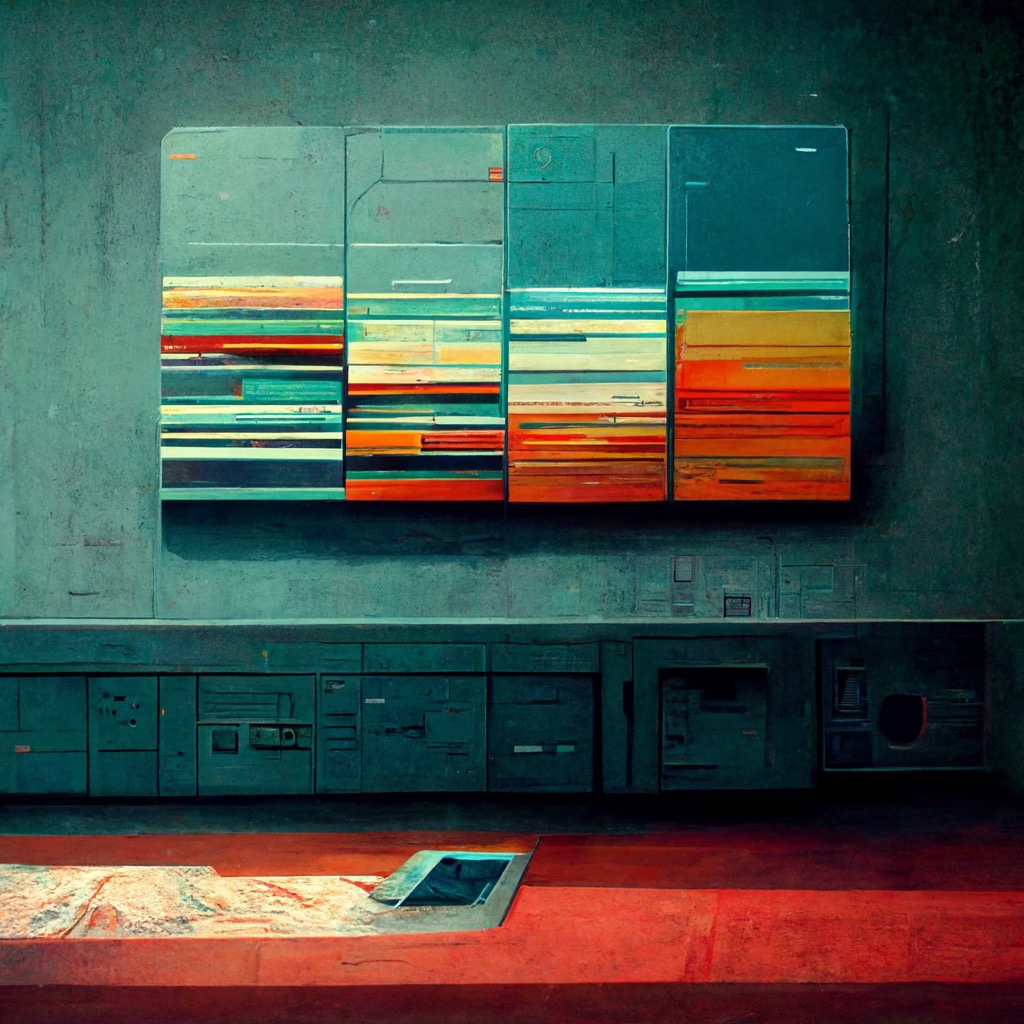
What is "data"?
What is data?
Source: Excerpt from the book "Out of Mind, a history of human intelligence...." (Dutch) Purchase the book at this link https://www.booksandbags.be/booksandbags/product/11.

"Think of a future device... in which an individual stores all his books, records and communications, and which is mechanized so that it can be consulted with extraordinary speed and flexibility. It constitutes an enlarged intimate addition to his memory.
- Vannevar Bush, As We May Think, 1945
Data is about recording and preserving "data"; Cultural expressions occurred from prehistoric times in the form of written, painted, carved or sculpted artifacts. In addition to tools, humans since prehistoric times also invented
memory devices, or mnemonic tools. Writing is considered a kind of memory device, but so are printing, the worldwide web and even digitization.
All of these memory devices enable humans to retain knowledge and raw data "by heart" for long periods of time and to enable and accelerate the exchange and dissemination of knowledge and skills.

Data: observable registrations
As with the concept of "intelligence," it is not easy to provide a ready-made definition for the concept of "data" or "data. Data is a (somehow) observable registration of 'facts' or 'abstract concepts' on another medium. René Magritte's painting La trahison des images(The betrayal of representation) is better known as Ceci n'est pas une pipe. Magritte used a play on words that provides a perfect definition for our concept of "data. Indeed, it is not a pipe, but a representation of a pipe. The pipe itself is the real-life object, but a painting of a pipe is data.Of course, data do not have to be representations of real objects. After all, you can also record temperature in the form of a series of numbers, and you can't "hold" that temperature, at most feel it.
The storage of data is done in such a way that in many cases it can be kept for the long term, and it allows its dissemination and exchange. My students, and they are far from the only ones, sometimes get confused in the distinction between "raw data," "information" and "knowledge. In itself this is not surprising, because in everyday life we often use these terms interchangeably.
From data to knowledge to information
Data or data in their raw form do not immediately constitute usable knowledge. Knowledge only arises when we process the data and see it in its broader context. A "word" you type on your computer keyboard, an event now occurring in a foreign conflict, the smell of spaghetti coming from the kitchen ... are all forms of raw data. So is a photograph of your grandfather from World War II. But all that data does not automatically lead to knowledge. A child who has never learned about World War II will "learn" little from that photo, just as the smell of spaghetti evokes few connotations for a member of the Piraha tribe. Traffic signs and their accompanying colors and pictograms are raw data, but only gain meaning in a real-life traffic situation.
Presentations of data
Data can occur in various manifestations. A photograph constitutes a secluded packet of data (discrete data), but a sound recording or film a continuous stream of data. Making a value judgment (or bias) about something is a qualitative form of data. If you scold another Facebook user, your typed message also constitutes a closed packet of data. You can also divide data into categories or structures. A tree structure is a well-known example. A complete survey of all man-made memory devices would quickly lead to an encyclopedic overview.
In technological history, man invented various techniques to remember; register; store for longer periods of time; structure and organize; index; reduce; send over greater distances; share; ...
